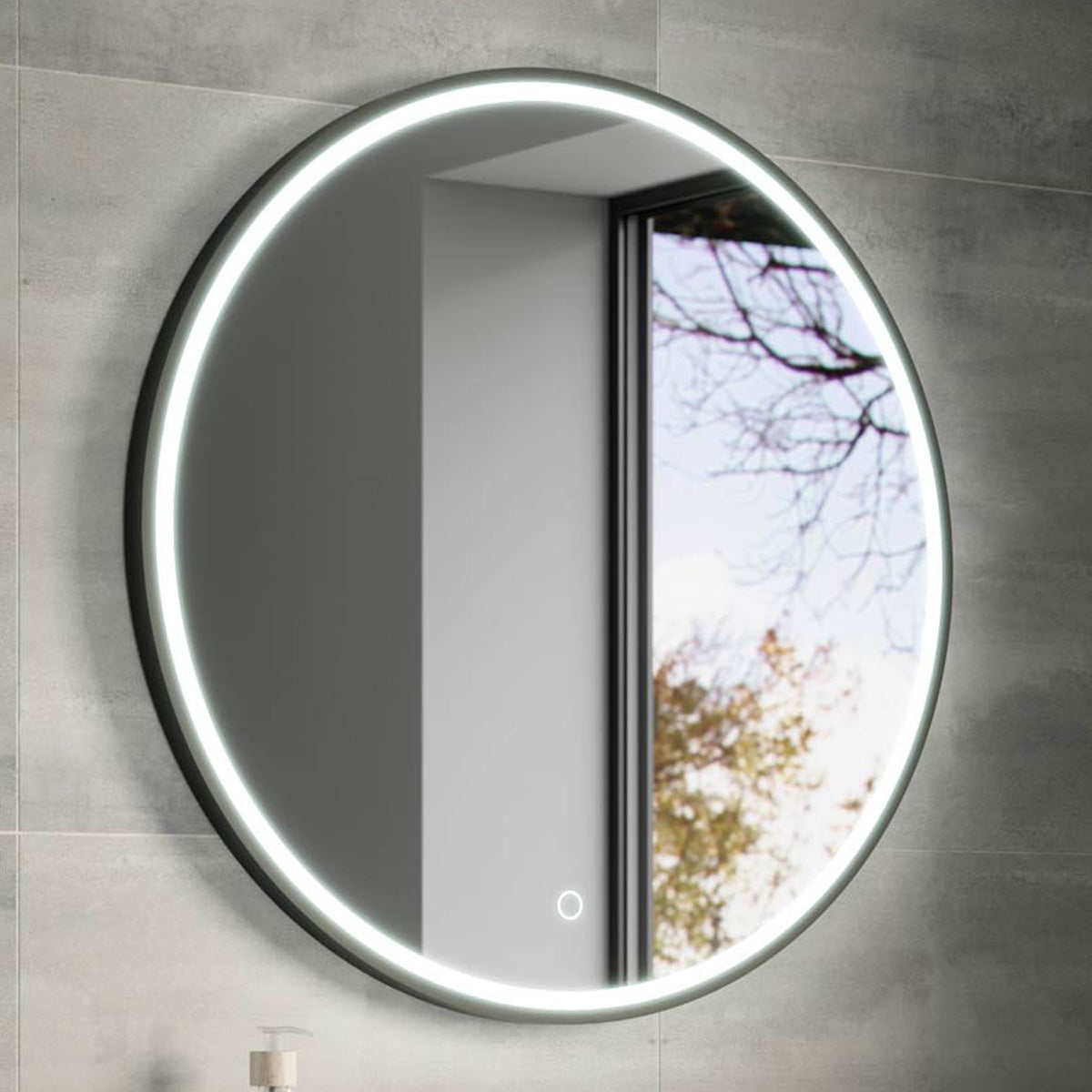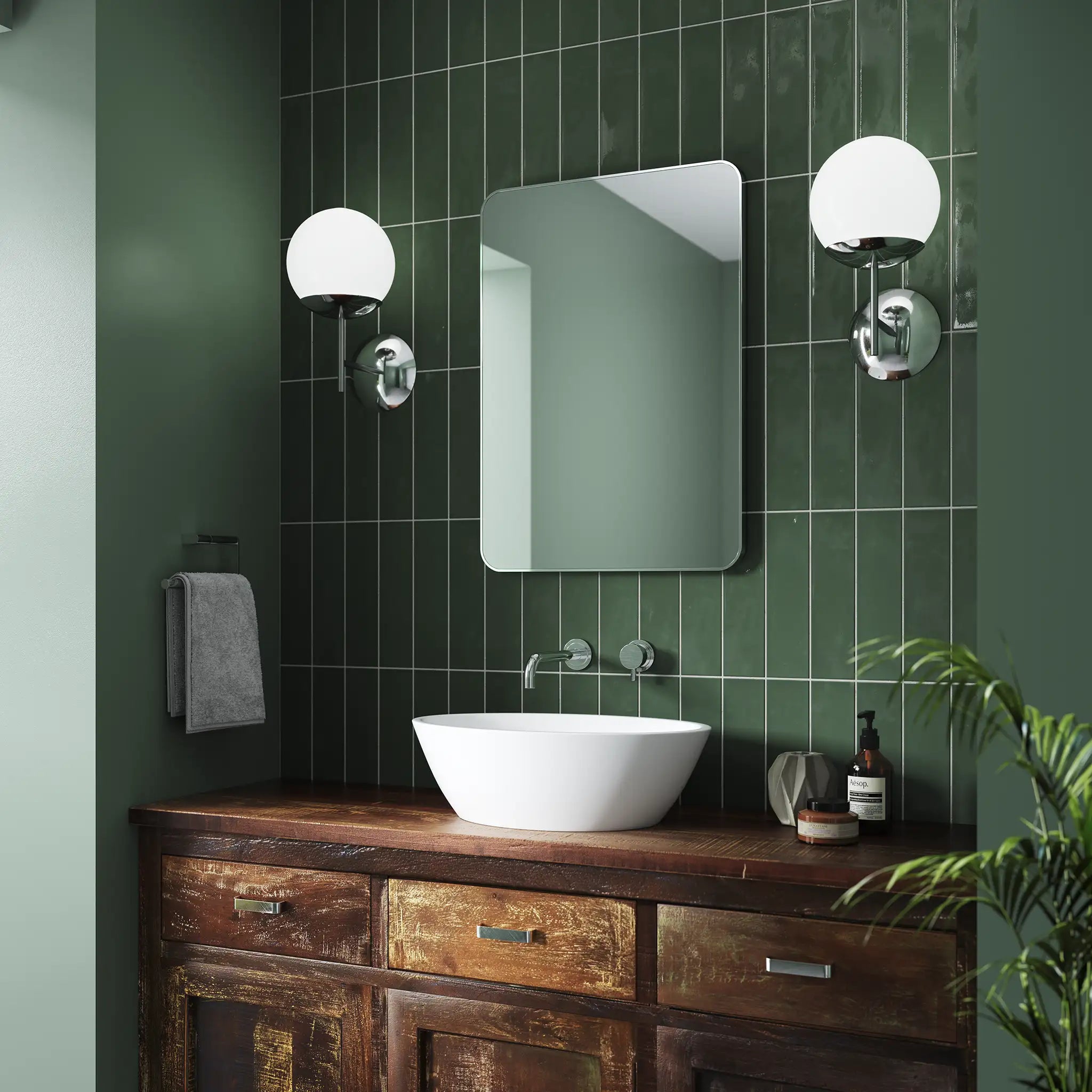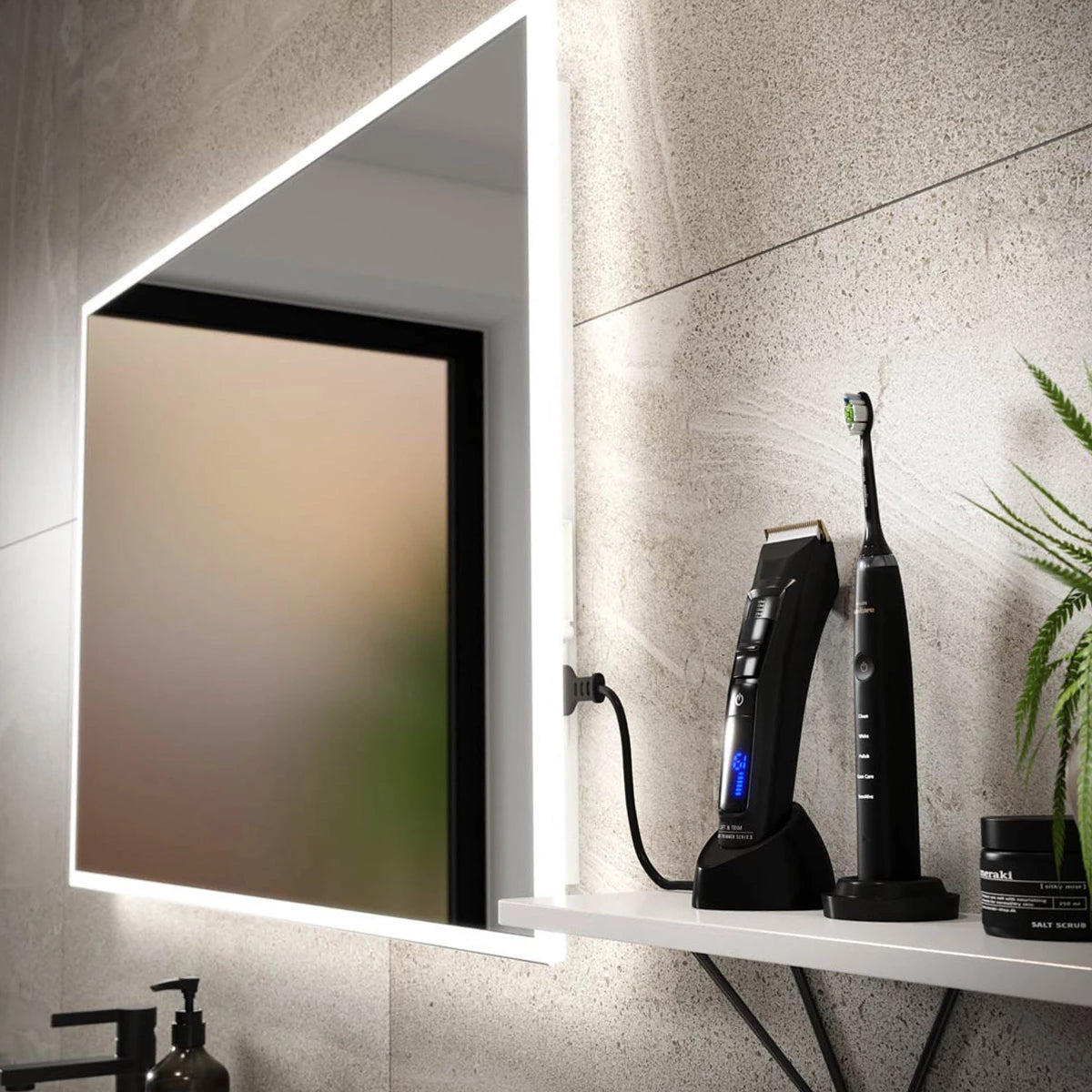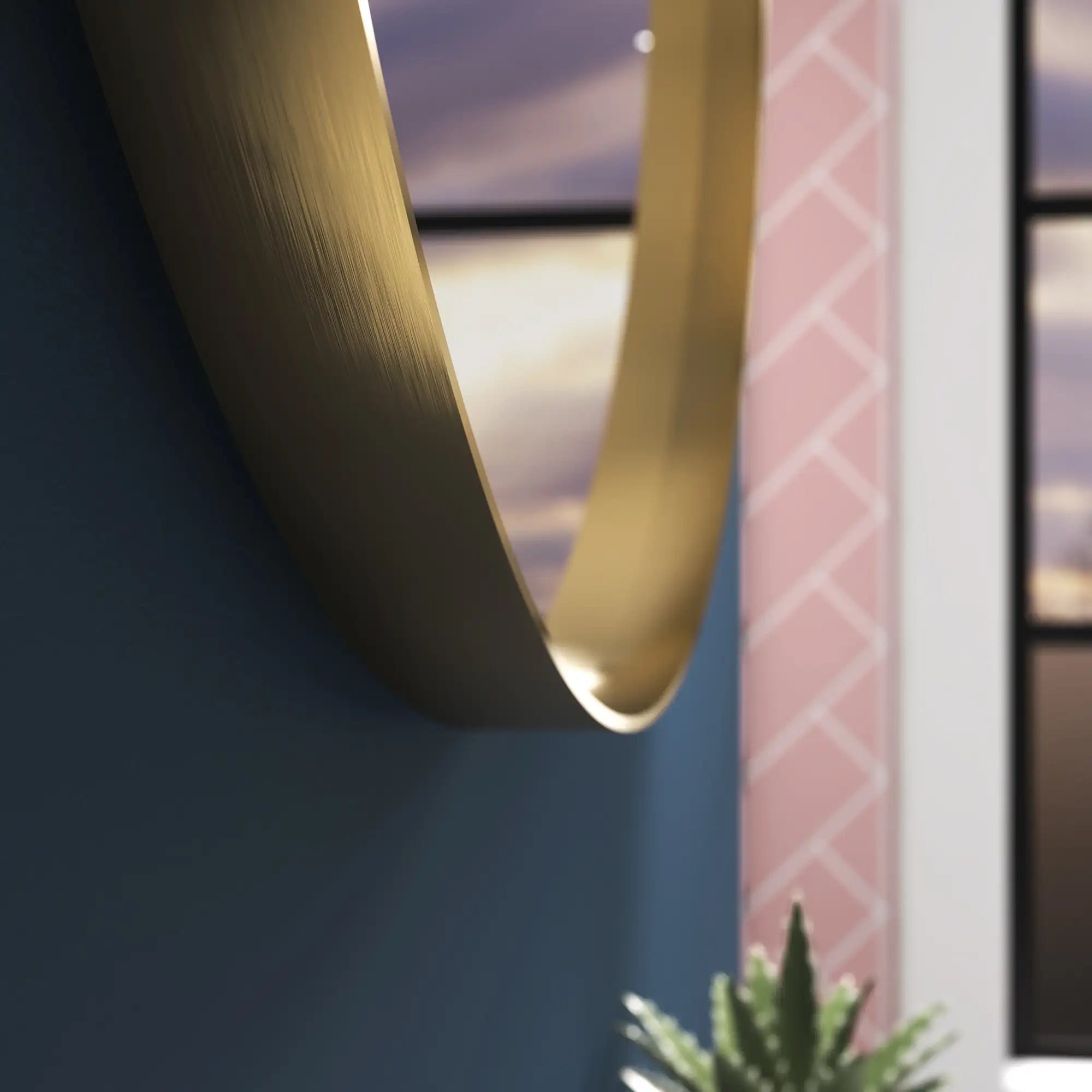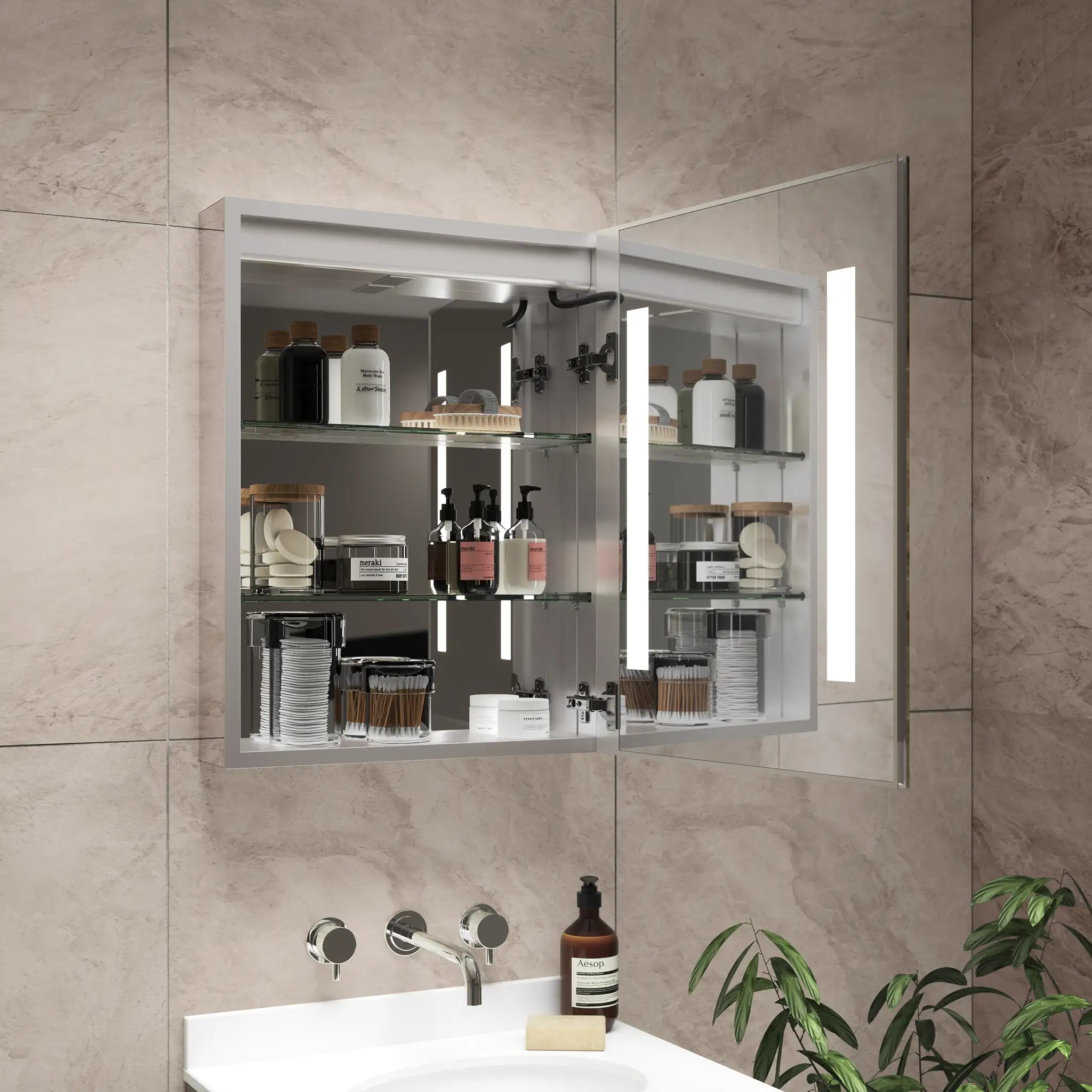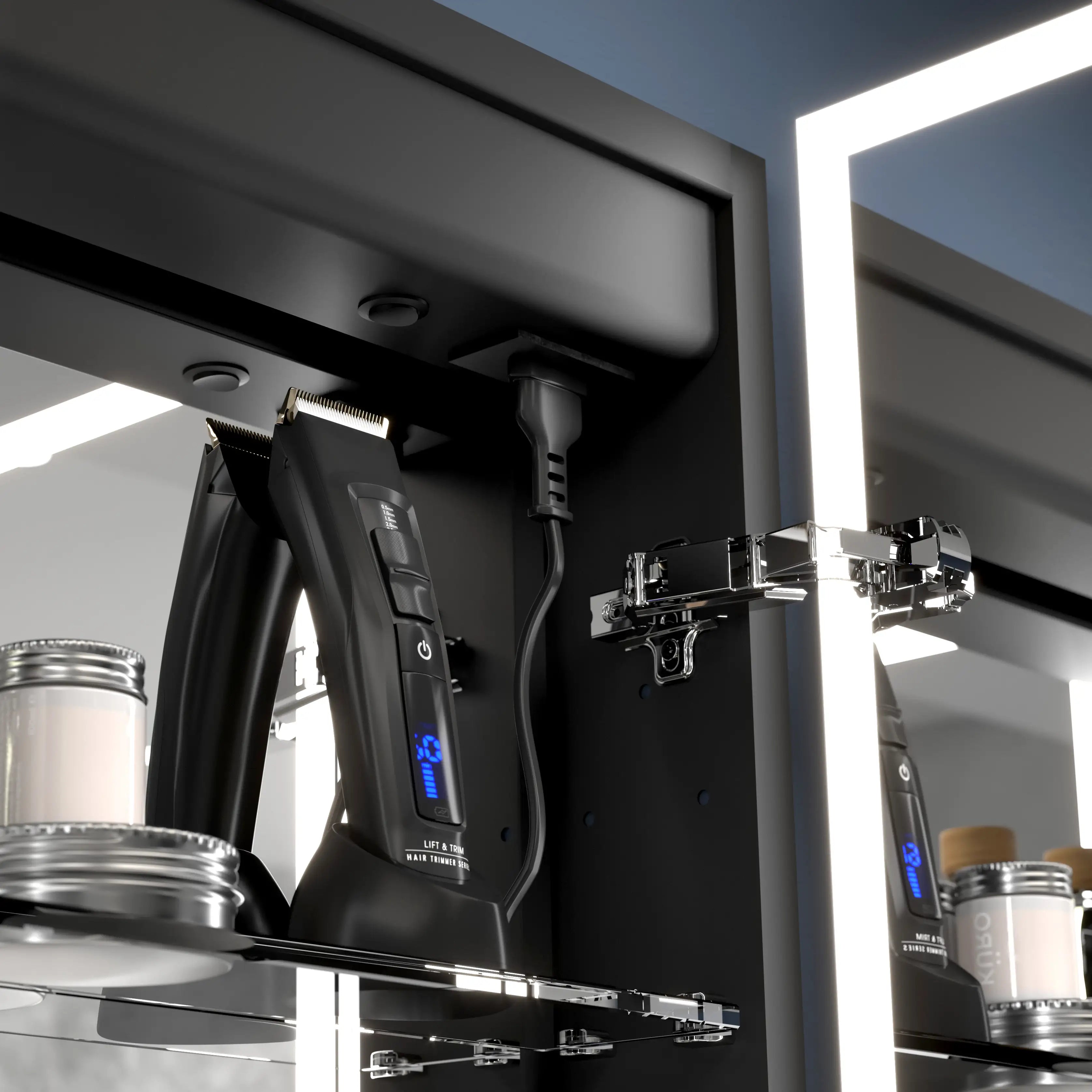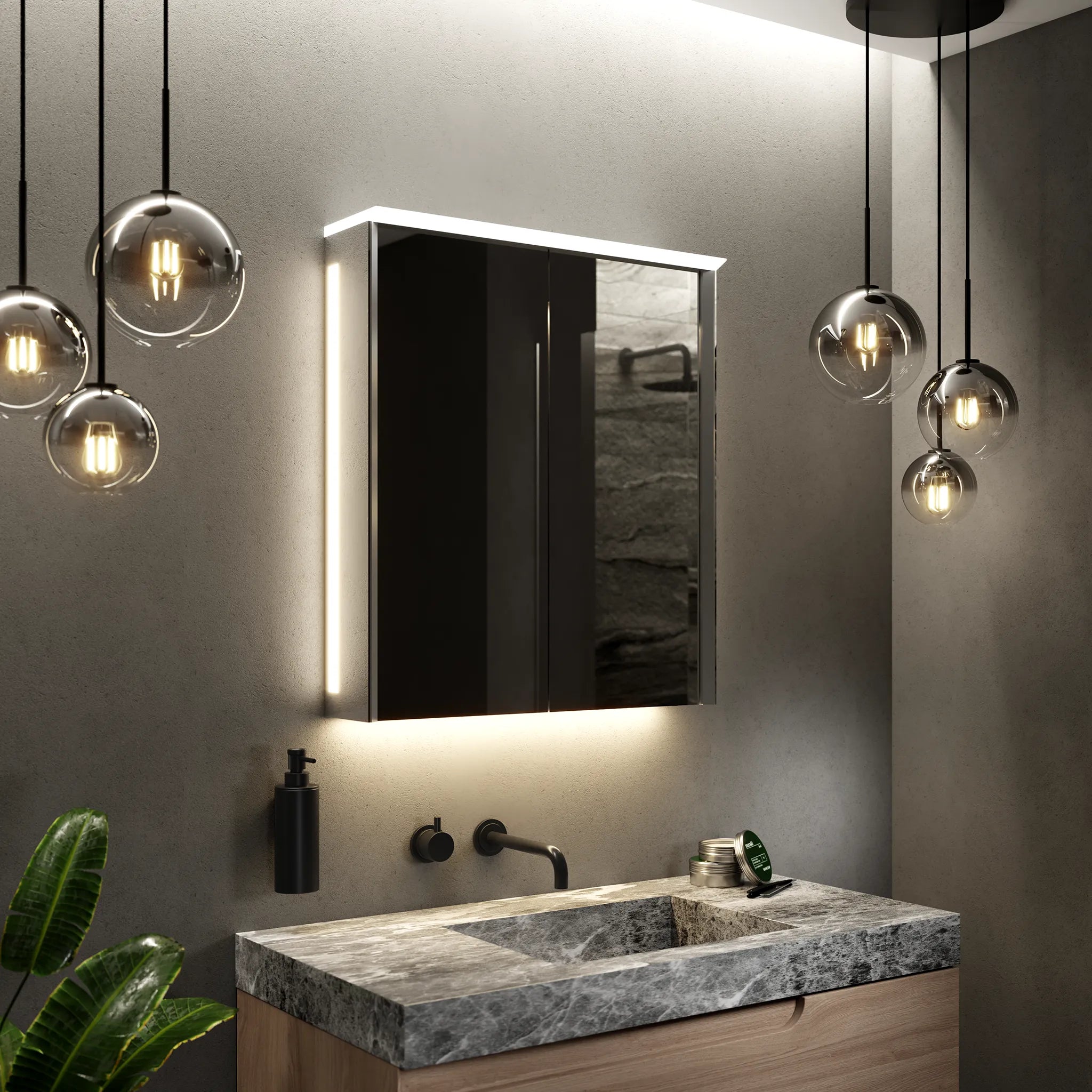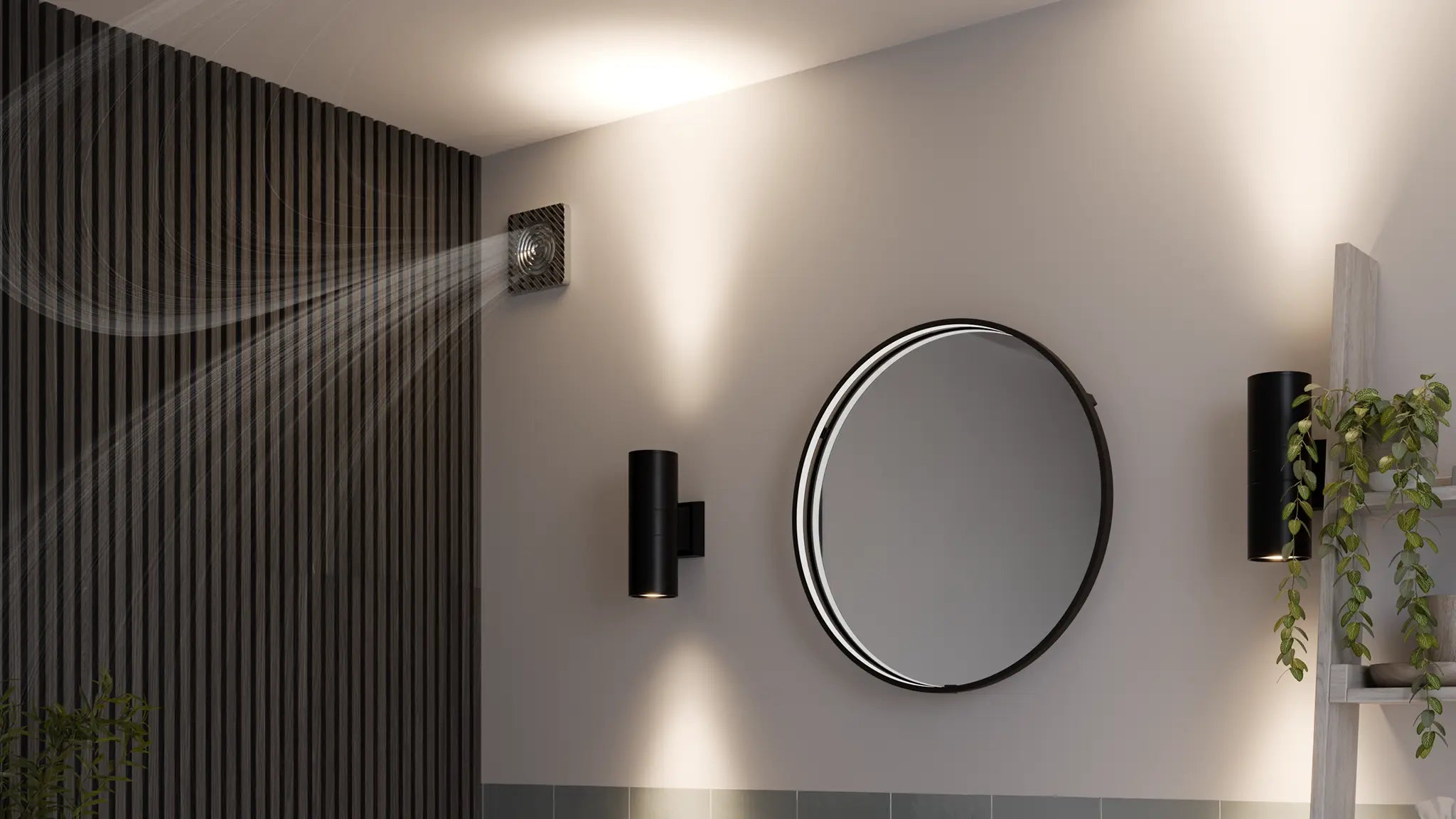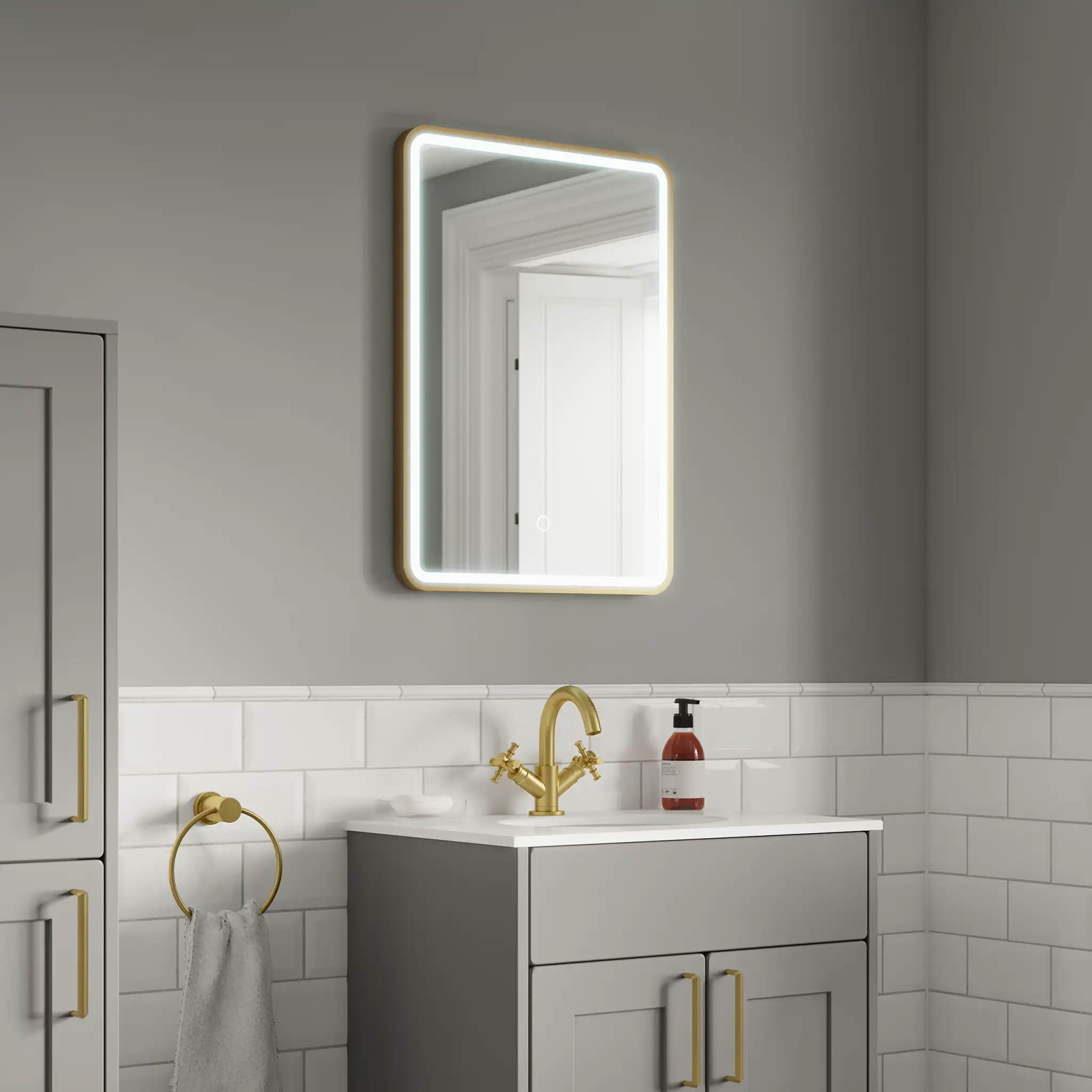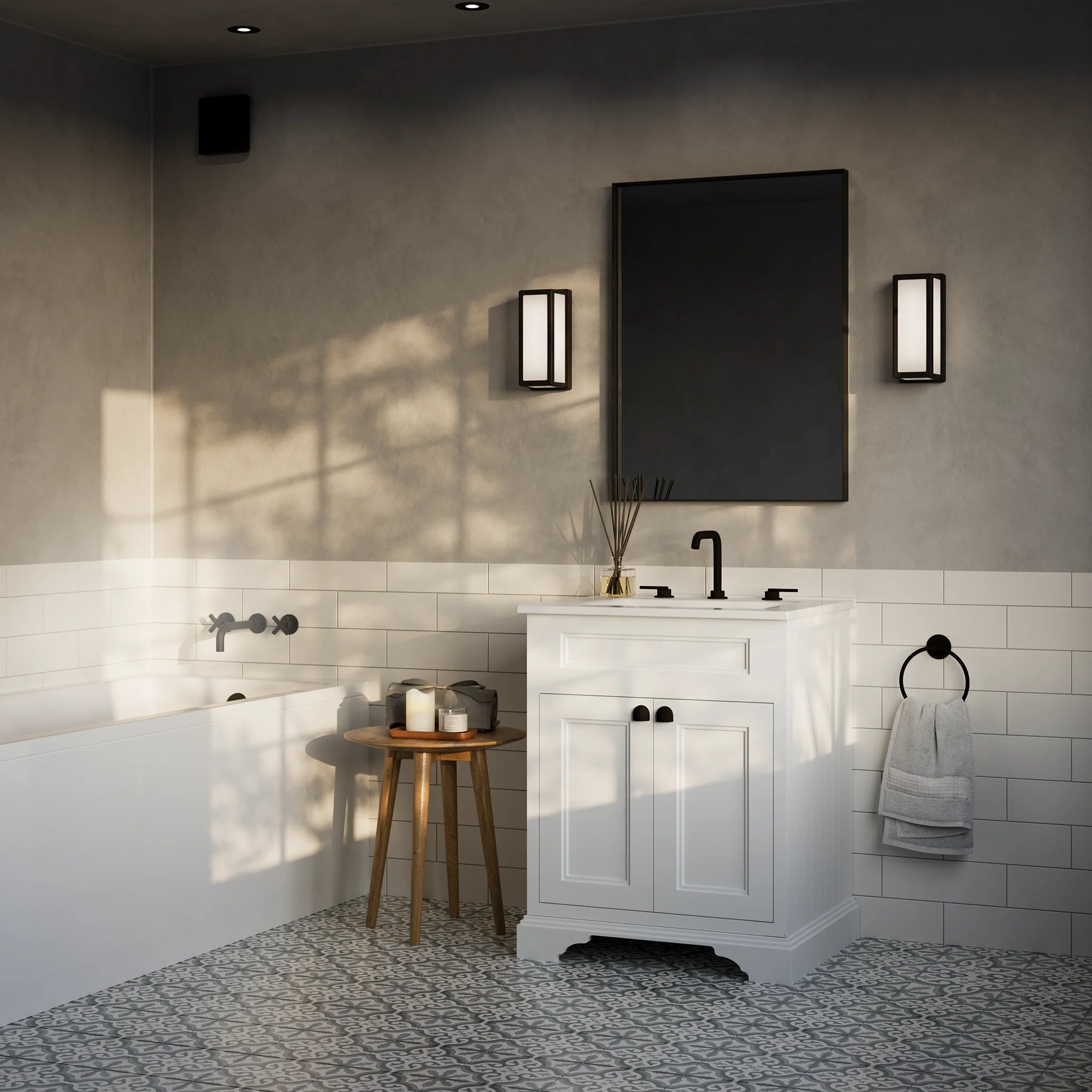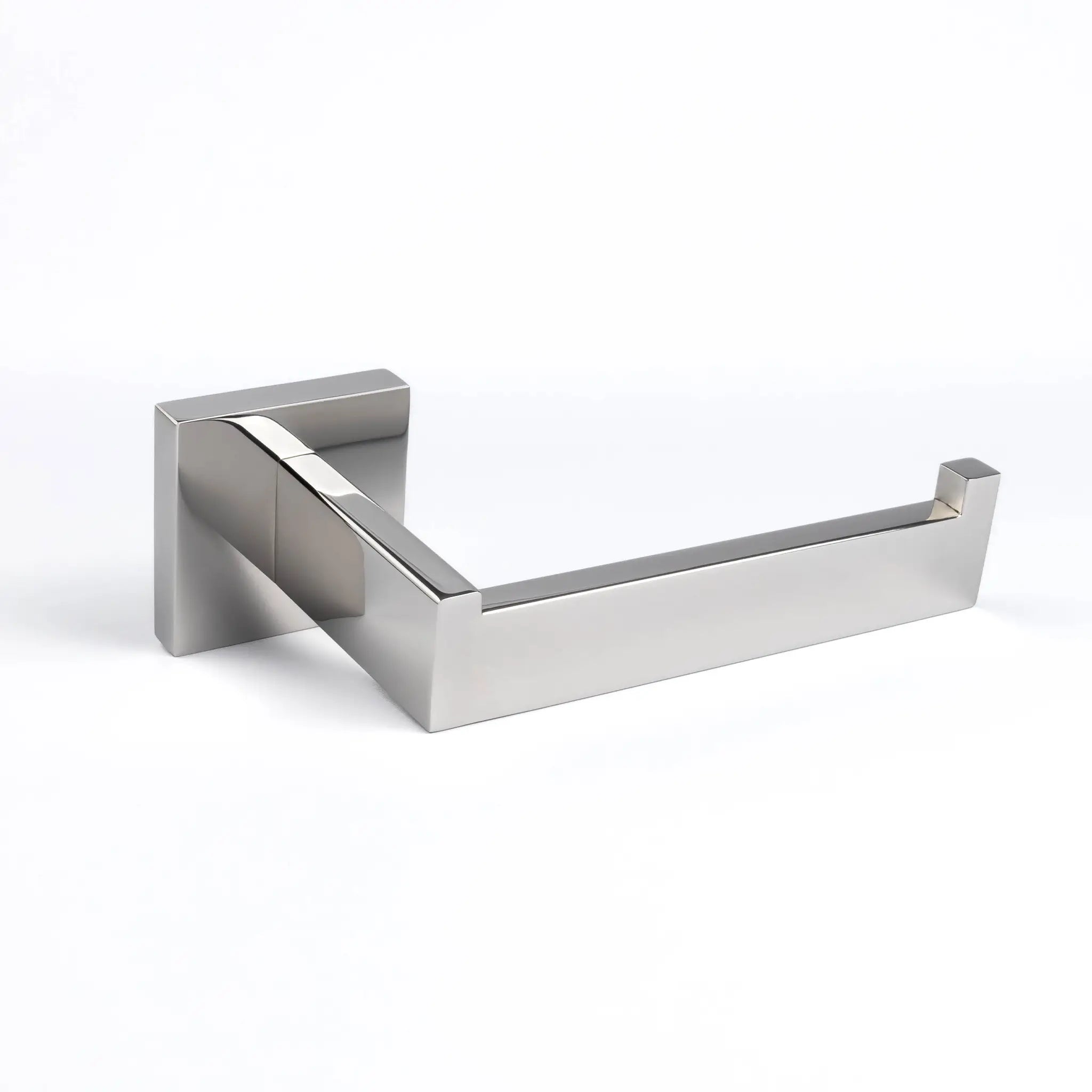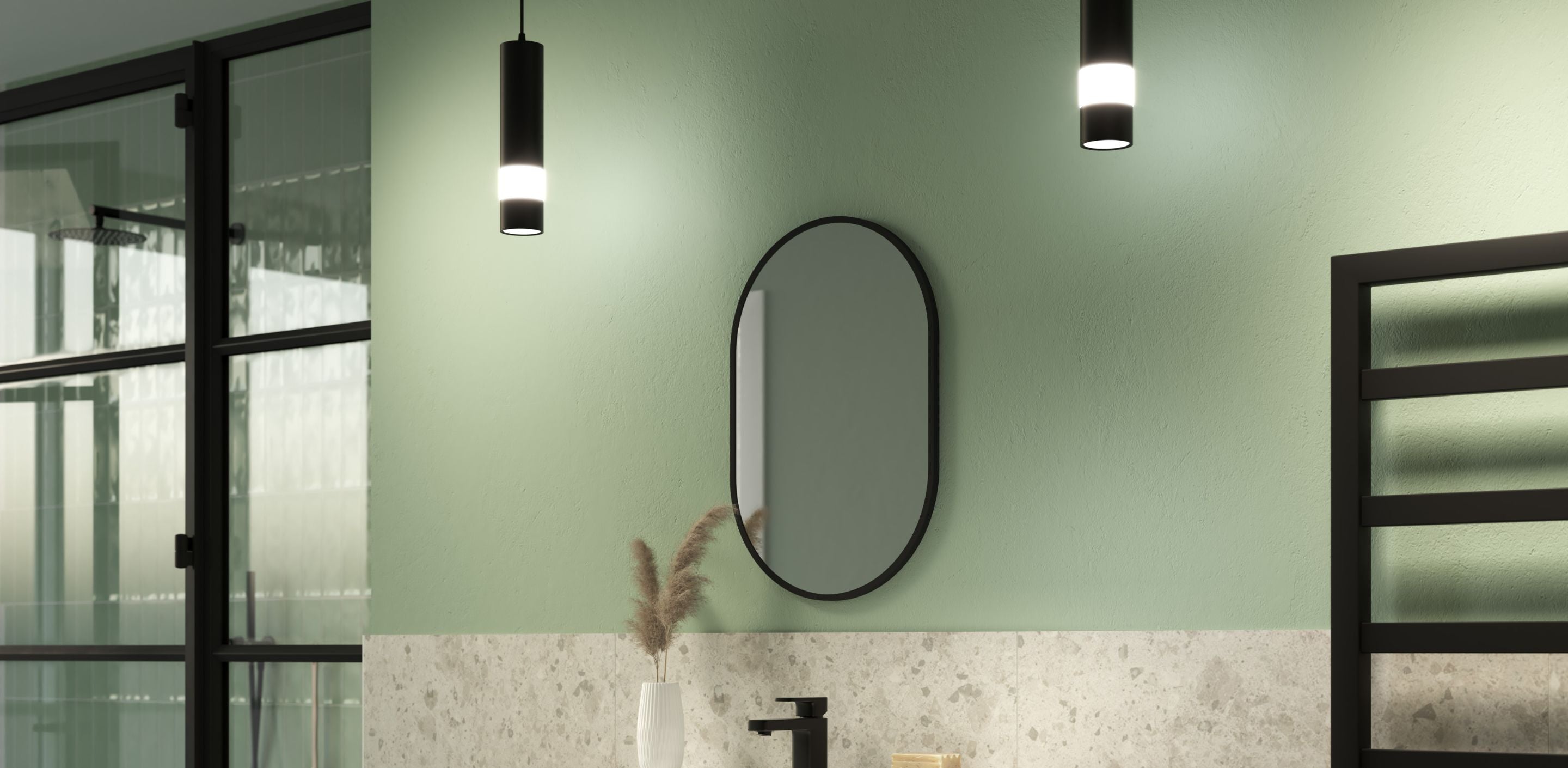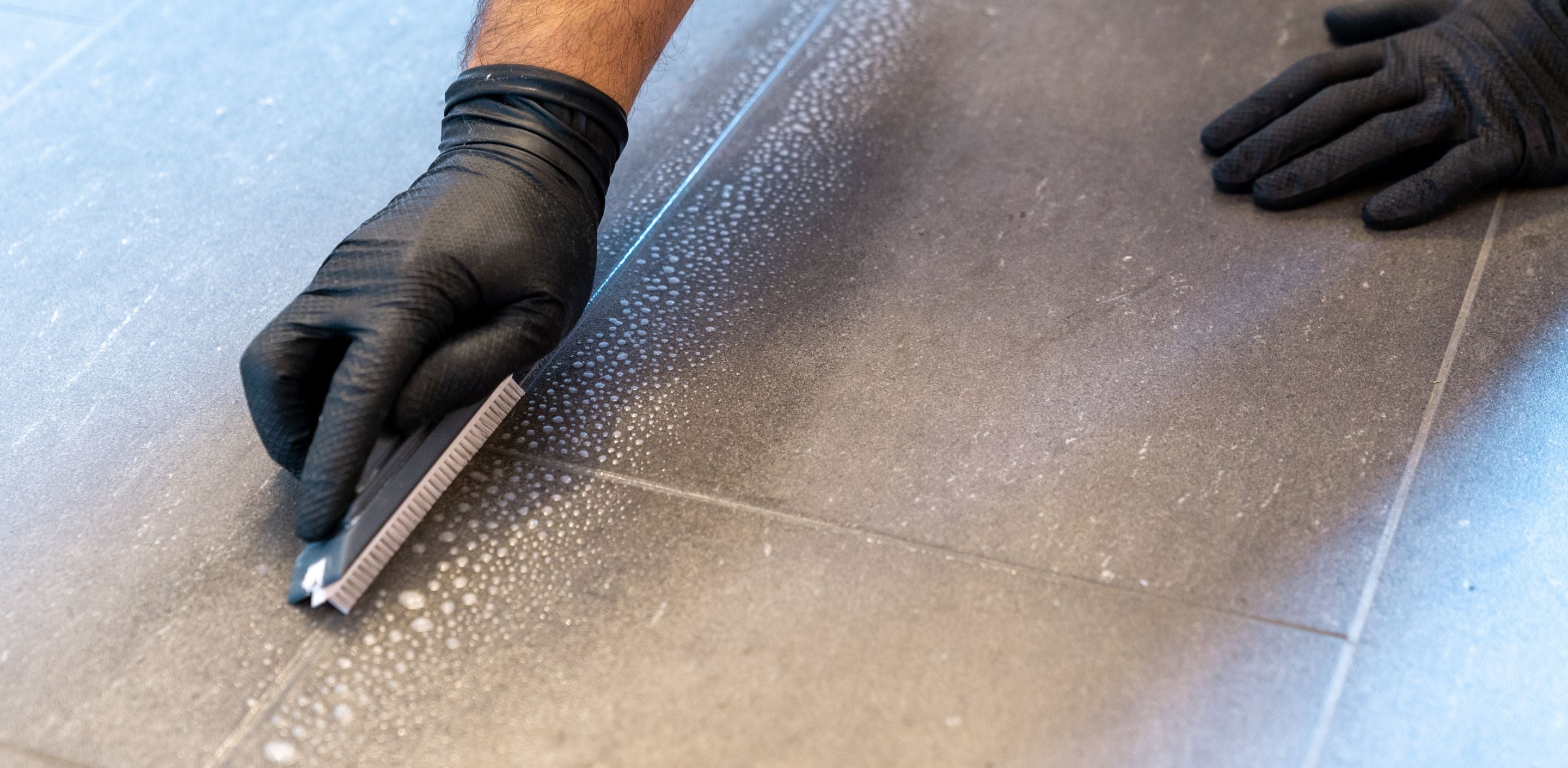Bathrooms are infamous for being super damp, leading to nasty black mould. Dealing with it can be a real challenge. The secret to stopping this nightmare is by having a extractor fan in your bathroom and all over your home.
Having the correct bathroom extractor reduces humidity and condensation preventing the growth of mould and mildew, which can be a hassle to clean but also can lead to health issues. Excessive mould build-up can cause respiratory issues like asthma and allergic reactions including skin conditions according to the NHS. Proper bathroom ventilation increases the longevity of your bathroom from plastering to your bathroom accessories.
Our comprehensive guide to bathroom extractor fans provides all the information you need to choose the right product for your needs. Click on the links to navigate or if you want to be a pro in under 8 mins, read our full guide!
-
Bathroom extractor fans regulations
-
Types of extractor fans explained
-
Choosing the right size extractor fan
-
How loud will the extractor fan be
-
Additional features
Bathroom extractor fans regulations
The UK regulations specify the required level of ventilation for your bathroom in the Building Regulations Document F.
- Ensure that your UK bathroom has proper ventilation, either through an openable window or an extractor fan.
- New build properties with both a bath and shower must use an extractor fan to maintain ventilation levels due to increased airtightness.
- The ventilation requirements for a bathroom are 15 litres per second/ 54m3 per hour, meaning how fast old air is replaced with new air.
All our fans here at Pebble Grey meet these requirements.
Types of extractor fans explained
We understand that there are various options for bathroom extractor fans available in the market. At Pebble Grey, we have carefully selected the best ones to provide you with simplicity.
Axial Fans
These fans are the kind that immediately come to mind when discussing ventilation or extractor fans. They are typically installed in the wall or ceiling and are connected either directly or for a short distance to an external wall. These are the quietest on the market with various features like a timer, humidistat, power levels, and finishes.
In-Line Fans
These fans are ducted through a loft space or ceiling cavity and out via a soffit or external wall. They tend to be more powerful and louder than axial fans. They may be ducted over greater distances, typically up to 10m, but ample space for ducting is necessary. In-line fans are particularly beneficial for bathrooms lacking outer walls. The ducting should be insulated if it runs through an unheated loft space to ensure that condensation does not build up in the ducting. An internal backdraft shutter can also be fitted in the ducting to ensure external drafts do not travel up the ducting from outside.
The ‘duct run’ or ‘ducting is a hose like connector which connects the internal fan shifting the air from inside the bathroom to the exterior of a property.
Choosing the right size extractor fan
Calculate your room size
In order to know what size bathroom extractor fan you need, refer to the cm3 (cubic metres squared) measurement of your fan.
According to Building Regulations Document F extractor fans should be able to change air 4x per hour in your home. However here at Pebble Grey we would recommend 7x air exchange per hour as your bathroom is the most humid place in your home.
To calculate whether the fan you have selected is capable of achieving this, first calculate the volume of the room by calculating the heigh x width x length of the room in m3. Then calculate the m3/h by multiplying the volume times (x) air changes per hour. In this case 7.
For example, an en-suite measuring 1.8m by 1.8m and 2.4m high (standard room hight) is 7.7m3. Multiplied by 7 is 54.4m3/h – you should select a fan that can achieve this figure at a minimum. It is a general rule of thumb to get a fan with more power than your minimum requirement to provide optimum airflow.
The majority of our extractor fans at Pebble Grey have a panel size of 150x150mm and spigot diameter of 100mm.
Small bathrooms

Room volume calculation (m3): 1.8m width x 1.8m length x 2.4 high (standard room hight) = 7.7m3 room volume.
Air flow calculation (m3/hr): 7.7 (m3) x 7 (air changes per hour) = 54m3/h
To maximise the extraction in a room of this size, you would be looking at fan with a recommended airflow of 54m3/hr.
The Flow and Flow Plus extractor fans have a maximum airflow of 54m3/hr so would be perfect for small bathrooms.
Medium bathrooms
 Room volume calculation (m3): 2.4m width x 1.8m length x 2.4 high (standard room hight) = 10.37m3 room volume.
Room volume calculation (m3): 2.4m width x 1.8m length x 2.4 high (standard room hight) = 10.37m3 room volume.
Air flow calculation (m3/hr): 10.37 (m3) x 7 (air changes per hour) = 72m3/h
To maximise the extraction in a room of this size, you would be looking at fan with a recommended airflow of 72m3/hr.
The Pure and Wave ventilation fans have a maximum airflow of 90m3/hr so would be the best match for medium bathrooms.
Large bathrooms
Room volume calculation (m3): 3m width x 3m length x 2.4 high (standard room hight) = 21.6m3 room volume.
Air flow calculation (m3/hr): 21.6 (m3) x 7 (air changes per hour) = 151m3/h
To maximise the extraction in a room of this size, you would be looking at fan with a recommended airflow of 151m3/hr.
How loud will the extractor fan be?

Typical measurements for sound come in dB measurements. Our bathroom extractor fans range from 30db-45db at a distance of 2 meters with the average axial extractor fan ranging from 35-45dB and more powerful fans ranging between 40-55dB. The decibel scale (dB) is not linear and is measured by the pressure of sound not volume. The difference between 20-30dB is less in volume than the different between 30-40dB. Our quietest fan runs at 30db and can be in comparison to leaves rustling or a whisper. Take a look at our average decibel chart and compare this to your extractor fan choice.
Additional features
| Flow | Flow Plus | Pure | Wave |
|
3 Colour Options Yes |
3 Colour Options Yes |
3 Colour Options Yes |
3 Colour Options Yes |
|
On/Off Operation Yes |
On/Off Operation Yes |
On/Off Operation Yes |
On/Off Operation Yes |
|
Timer No |
Timer No |
Timer Yes |
Timer Yes |
|
Humidistat No |
Humidistat No |
Humidistat No |
Humidistat Yes |
|
Integrated Light No |
Integrated Light Yes |
Integrated Light No |
Integrated Light No |
There are some features to consider when making your bathroom ventilation decisions.
Simple On/Off operation
Fans that operate with a simple on/off switch are connected directly to a wall switch. They can be switched separately to the light or with the light.
Timer
Fans with a timer can be set to run on after the fan or light is switched off at the wall. This means that humid air from a bathroom will continue to be extracted after someone has left the room. These timers can sometimes be adjusted to run for a longer or shorter time as desired.
Humidistat
The fan will usually turn on with the light switch but fans with a humidistat detects high humidity in the room and will trigger the fan to start automatically regardless of whether the fan is switched on at the wall. This is useful in bathroom areas where the bathroom might remain humid for a period after the light is switched off.


